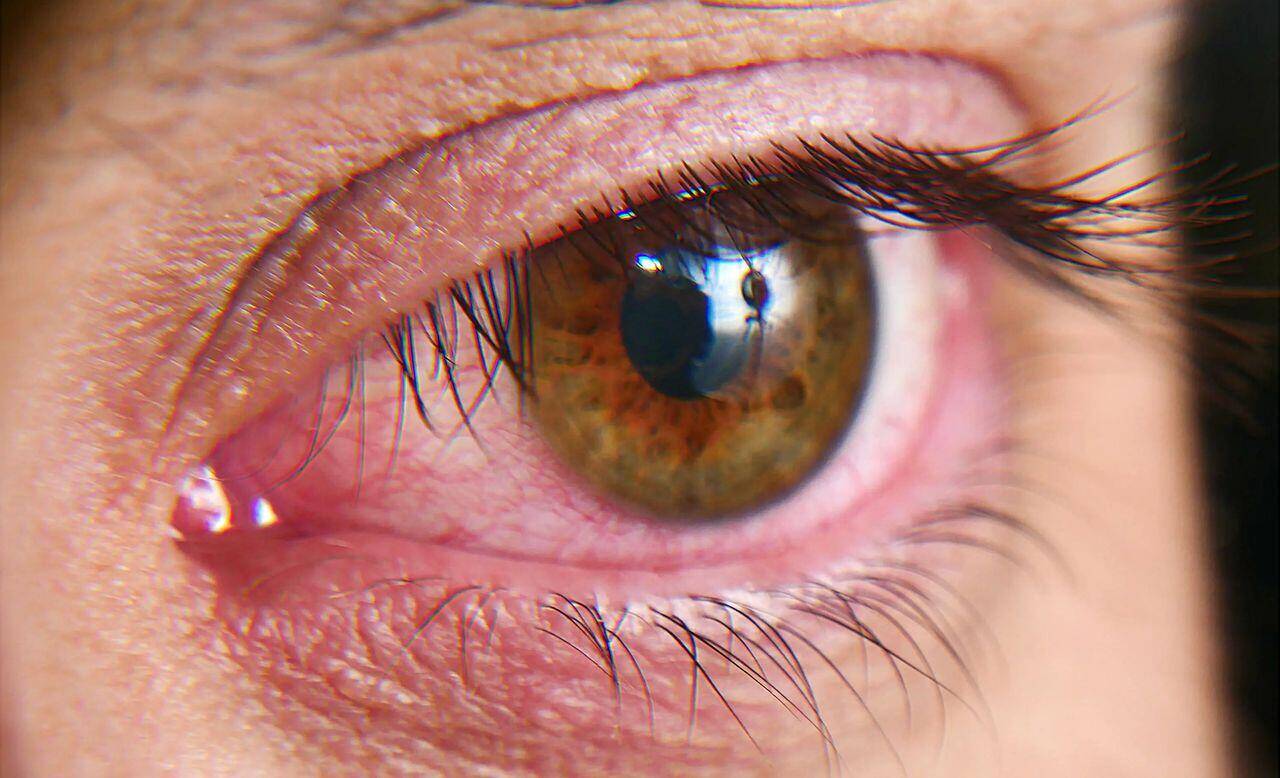
Causes of dry eyes
This problem can occur for several reasons. In many cases it is enough to leave your contact lenses in sometimes, but working in front of a monitor can also contribute. It is even more common in older age, as the tear glands can atrophy, which can also cause this condition. It can also be caused by chronic conditions such as diabetes or thyroid problems, so it’s worth broadening the scope of your tests or informing your ophthalmologist about your problems. In addition, hormonal changes can also cause dry eyes, as can certain medications that can affect us as a side effect.
Dry eyes can develop for several reasons:
- Wearing contact lenses: if they are sometimes left in or not cleaned properly.
- Working in front of a monitor: long hours in front of a screen can reduce the number of blinks.
- Ageing: more frequent due to atrophy of the tear glands.
- Chronic diseases: diabetes, thyroid problems.
- Hormonal changes: in certain life situations and as a side effect of certain medications.
Symptoms of dry eyes
The symptoms of dry eyes are quite obvious. Feeling as if your eyes are almost dusty can be accompanied by itching and burning sensations. Your vision may be blurred, you may squint or blink more often. Later, the eyes become painful and more sensitive to all external influences. In worse cases, there may also be increased tearing, which, although it seems contradictory, is clear: the eye is trying to compensate by producing abnormal tears.
Symptoms of dry eyes can be obvious:
- Itching and burning sensation
- Blurred vision
- Frequent squinting and blinking
- Pain and increased sensitivity
- Increased tear production, which paradoxically tries to compensate for dryness
Treating dry eyes – What can we do?
It is very important to pay attention to the condition of your eyes and apply artificial tears up to every 2 hours if necessary. Regular use of artificial tears can significantly reduce the symptoms of dry eyes, especially if you spend long periods of time in air-conditioned or heated rooms or spend a lot of time in front of digital devices.
In addition, additional protection can be provided by, for example, monitor glasses with a blue light filter if your job forces you to wear them in front of digital devices. Make sure you take more breaks and also concentrate on blinking more.
In more severe cases, a doctor’s prescription of eye drops or ointments may be a solution for dry eye treatment, and there are also soft contact lenses and side-closed glasses that are specifically therapeutic. The latter devices are designed to prevent the tear film from evaporating prematurely.
Tips for dry eye treatment
Humidification: use a humidifier at home or at work.
Blinking: be conscious of frequent blinking, especially when using a screen.
Eyeshields: wear sunglasses or goggles in windy or sunny weather.
Hydration: Drink enough fluids to keep the body hydrated.

